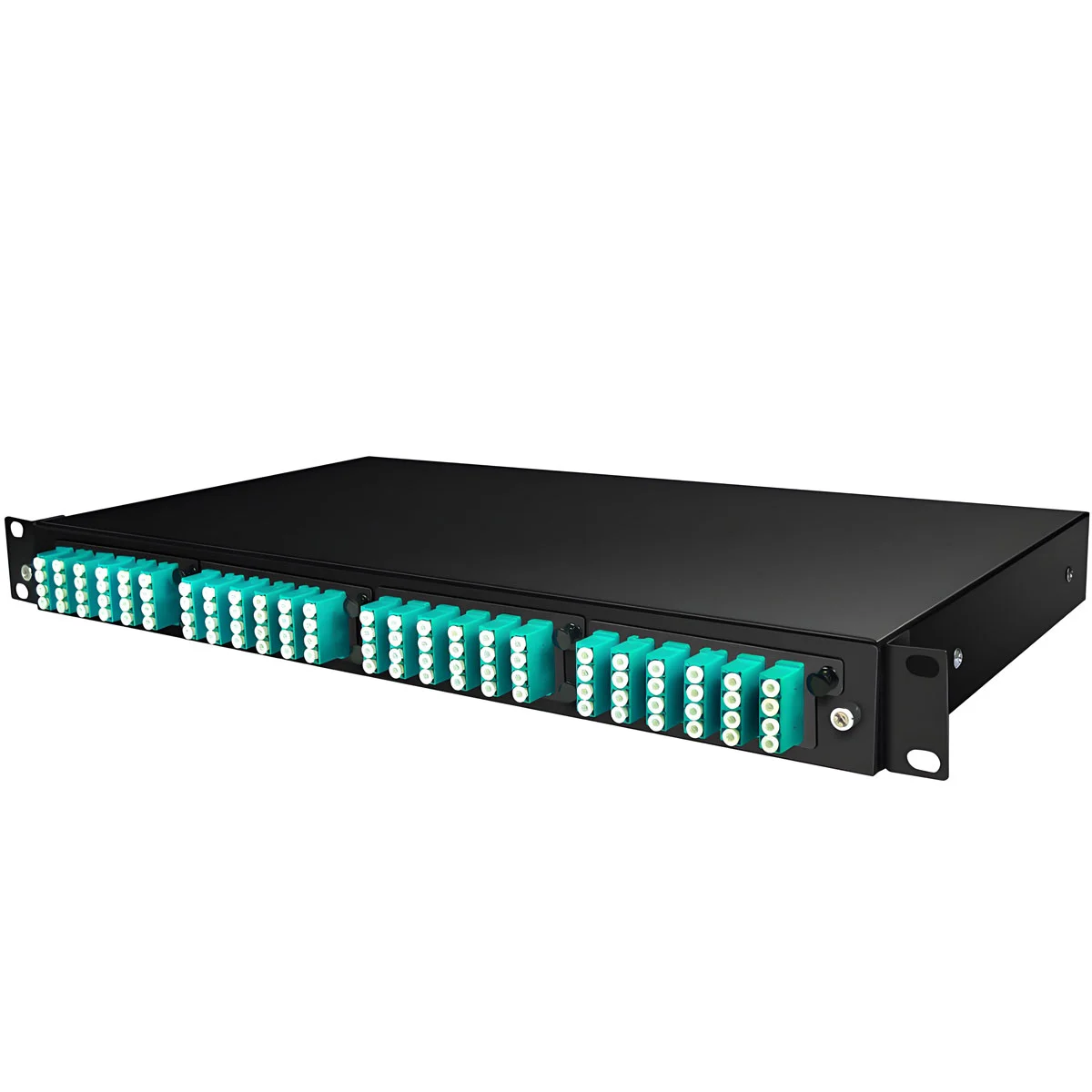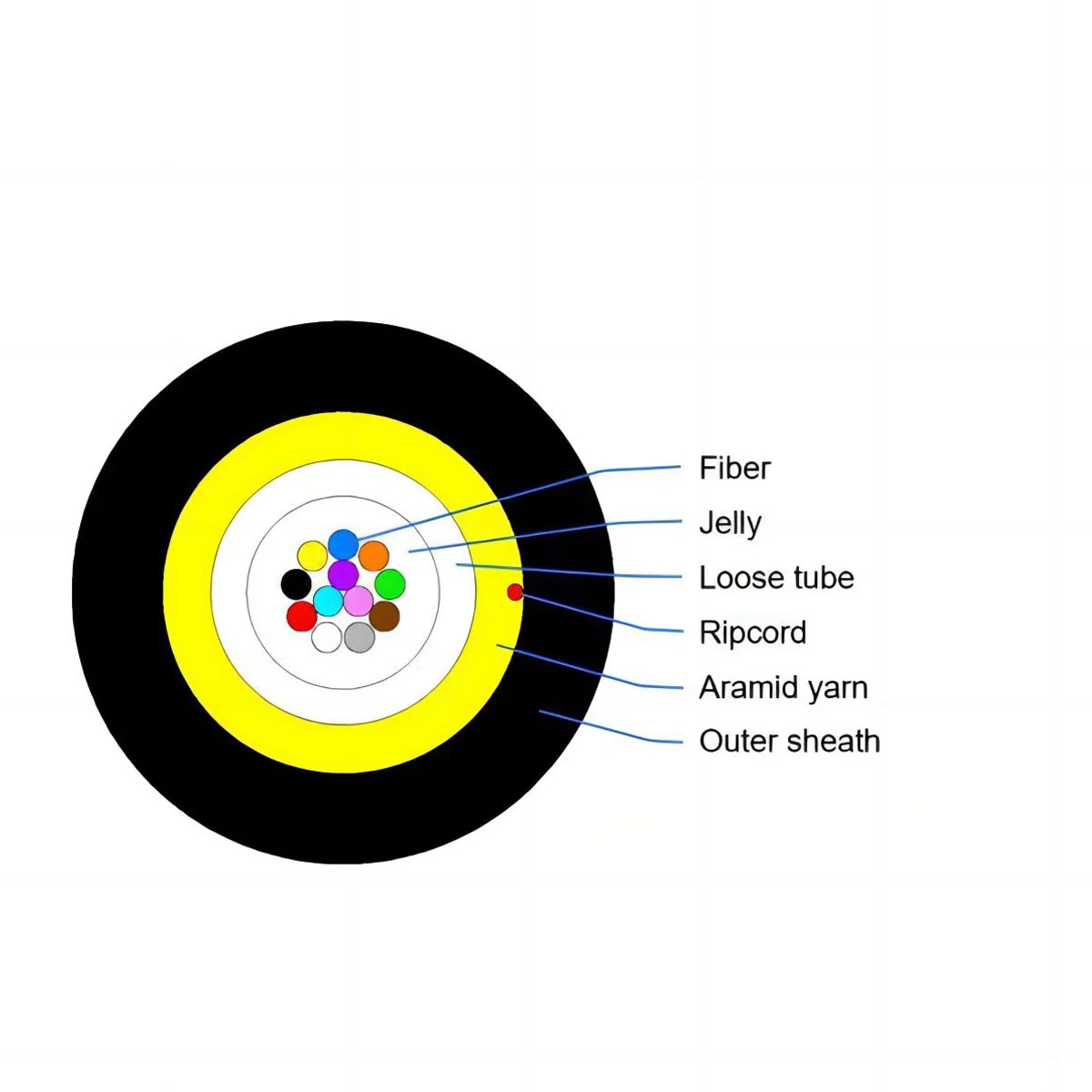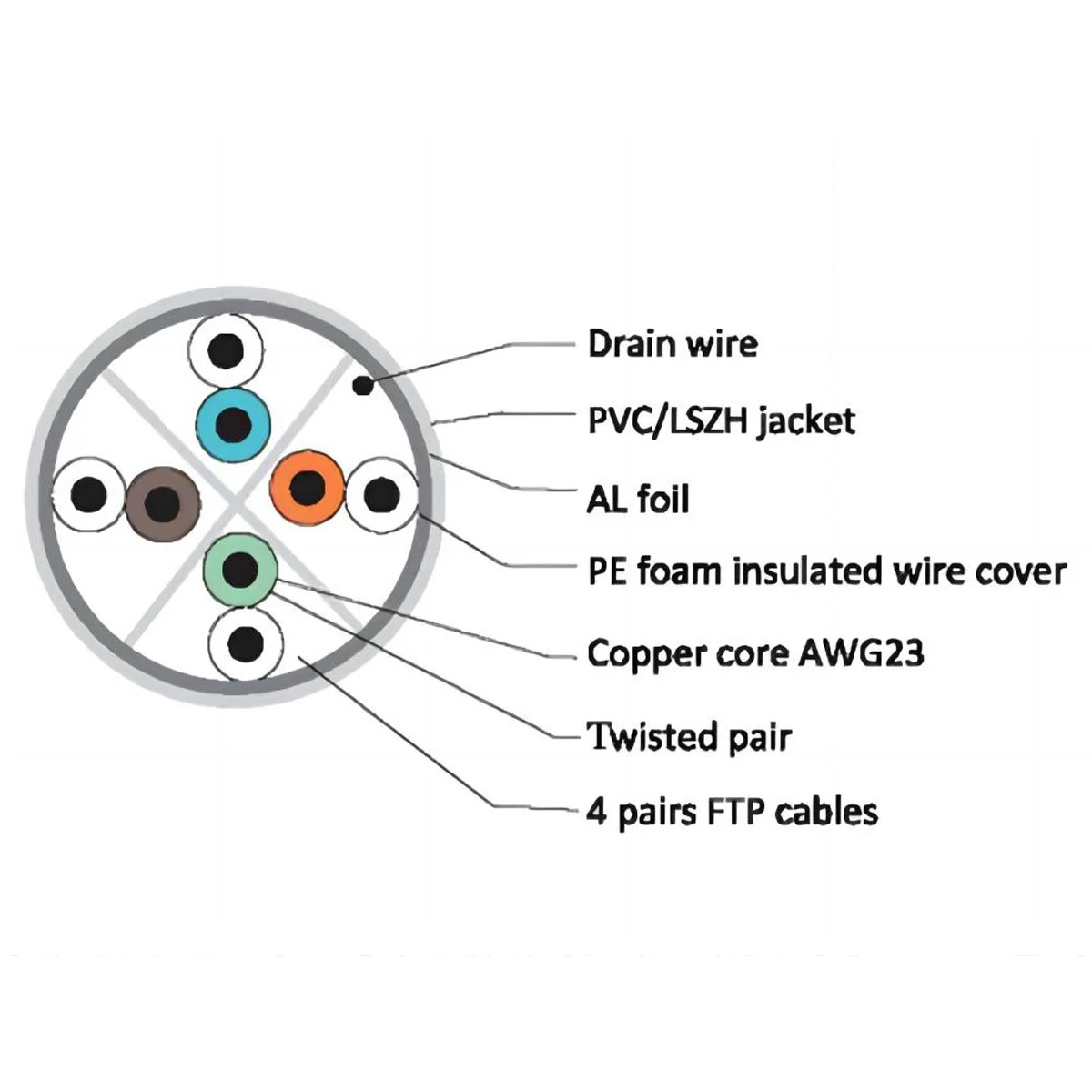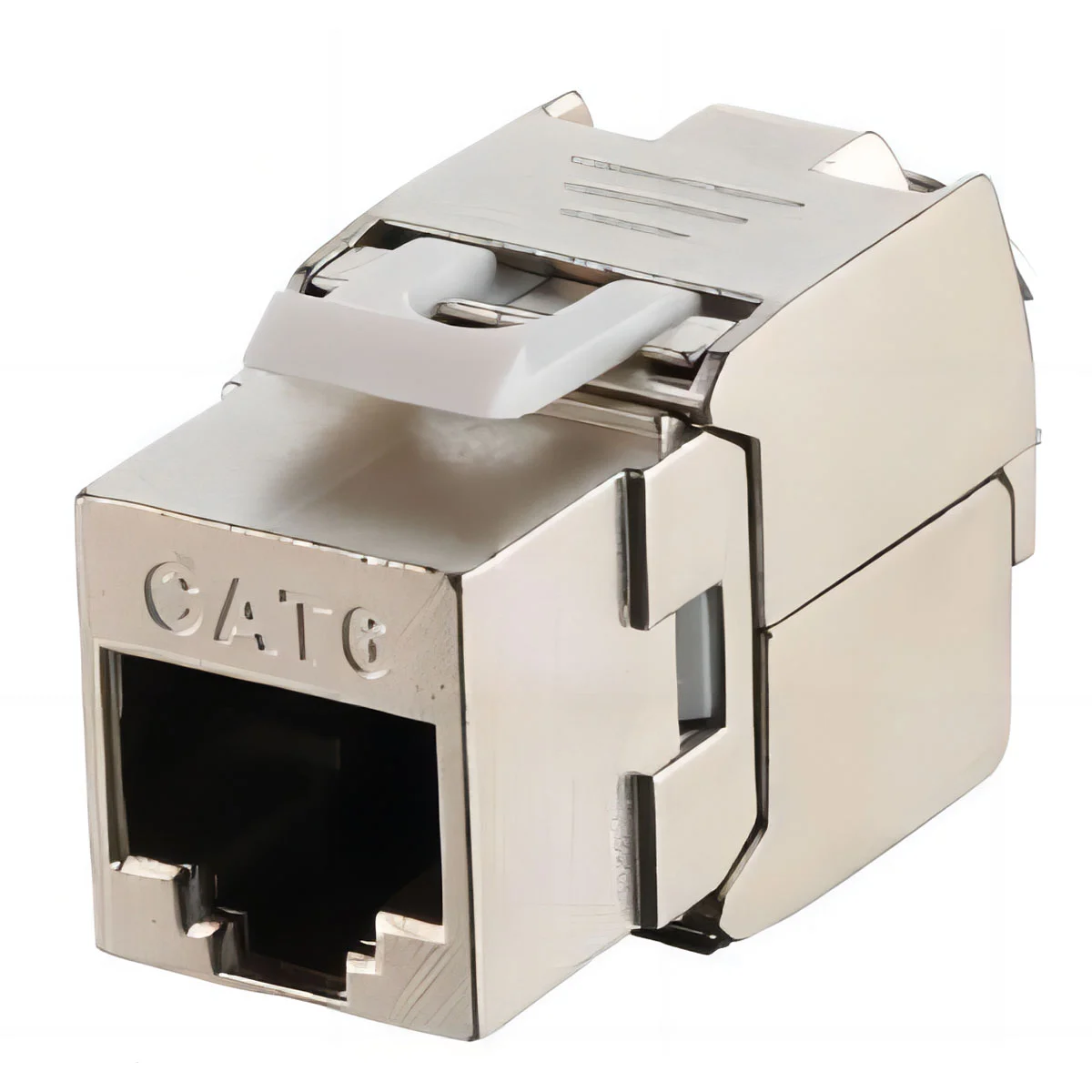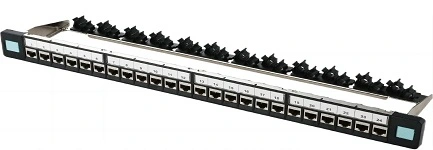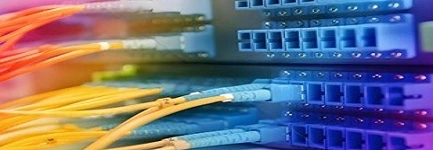
A water blocking cable is specifically designed for use in wet environments and can even be submerged directly in water. It utilizes special water-resistant materials and sealing processes to effectively prevent moisture from entering the cable, ensuring its proper functioning. Water blocking cable is widely used in underwater environments such as oceans, lakes, rivers, and is commonly applied in fields like subsea communications, marine exploration, and underwater operations. Depending on the environment, water blocking cable can be categorized into seawater-resistant cable and freshwater-resistant cable. Additionally, it can be further classified into floating cable, suspended cable, and seabed cable based on its density and installation methods.
Superior Waterproofing Performance
Water blocking cable is designed to be fully water-resistant, effectively preventing moisture penetration and avoiding damage caused by water exposure. In contrast, regular cable is susceptible to water absorption in damp environments, and prolonged submersion can cause the insulation layer to age, degrade, and compromise the cable's lifespan and safety.
Strong Corrosion Resistance
Especially in the case of seawater-resistant cable, it is made with corrosion-resistant materials to withstand the saltwater's corrosive effects, ensuring long-term stable operation. Regular cable, however, is easily corroded in highly corrosive environments like seawater, which can lead to reduced conductivity or even short circuits.
Resistance to Rodent and Fish Bites
In marine environments, fish may accidentally bite the cable, mistaking it for food or a toy. Water blocking cable is equipped with special bite-resistant materials or external protective layers to prevent damage from fish bites, whereas regular cable lacks such protection and is more prone to breakage.
Adaptability to Different Water Environments
Depending on the specific requirements, water blocking cable can be designed as floating cable, suspended cable, or seabed cable, to meet the installation needs of various aquatic environments. Regular cable, on the other hand, is generally only suitable for land-based or mildly damp environments and cannot withstand long-term submersion in water.
Longer Service Life
Due to the use of superior materials and more stringent manufacturing processes, water blocking cable is capable of withstanding harsher environmental conditions, thus extending its service life. Regular cable, when exposed to wet or underwater environments, tends to age more quickly, reducing its effectiveness.
Higher Safety
Water blocking cable effectively prevents risks such as short circuits and electric leakage caused by water ingress, making it particularly suitable for underwater equipment, marine engineering, and other applications requiring high safety standards. In contrast, regular cable is prone to electrical malfunctions if water enters, which can disrupt equipment operation or even lead to accidents.
Water blocking cable has significant advantages over regular cable in terms of waterproofing, corrosion resistance, bite protection, adaptability to aquatic environments, longer service life, and higher safety. Although the manufacturing cost of water blocking cable is higher, and it is relatively expensive, its reliability and durability make it the only suitable choice for long-term stable operation in underwater or damp environments.

